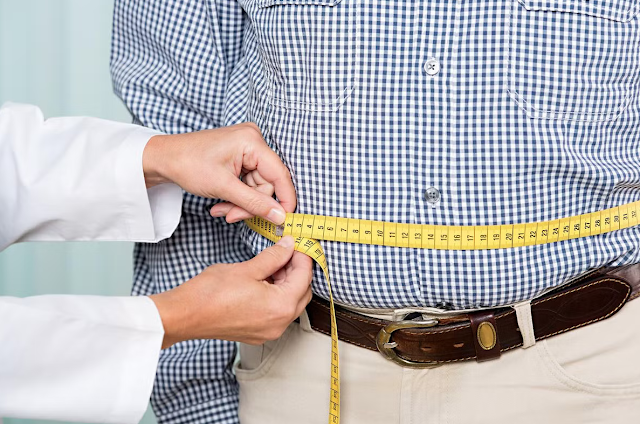Helpful Advice for Shedding Extra Pounds
Helpful Advice for Shedding Extra Pounds
Believe it or not, the same principle applies whether you want to lose a few pounds or a few dozen: a combination of regular diets, cardio, and weight training. What the experts do typically yields positive results. It's understandable to be apprehensive about beginning a weight training program if you're overweight, but the advantages are well worth the effort.
By boosting your muscle mass and, consequently, your metabolic rate, weight training is an excellent tool for facilitating fat reduction (a faster metabolism). It also helps you look younger by tightening and toning your skin, reducing your blood pressure, fortifying your bones, promoting your agility and flexibility, boosting your immune system, and making you feel more energized and positive. If you have a lot of extra fat to shed or if you've tried and failed to lose weight in the past, you should try a program that covers not just dieting but also sufficient amounts of cardio and weight training.
Those who already have a lot of muscle and want to trim down would benefit greatly from a fat reduction program that combines cardio with weight training on a consistent basis. Slow dieting is the best strategy for getting ripped while preserving muscle mass.
When you're trying to lose weight, your body will actually use your muscles rather than your fat stores for energy if you can keep your caloric intake low enough. That being said, the slower your weight loss, the more likely it is that you are losing fat rather than muscle. You shouldn't expect to lose more than a pound and a half in a week. You shouldn't lose more than one percent of your body weight every week if you're overweight. Above that, you risk losing muscle mass.
Women may experience a slower rate of fat loss than men, but this should not deter them. Simply put, women have a greater capacity for fat storage than men do because of the physiological demands of pregnancy and childbirth. Losing weight in a manner opposite to how it was gained is a common side effect of reducing body fat. In other words, the fat you've gained most recently will be the first to go, while the fat you've had for a while will be the last.
Males have more trouble losing weight around the waist, abdomen, and lower back, while females have more trouble losing weight around the upper thighs and buttocks. They are the toughest places to lose fat since they are so prone to regaining weight. Poor circulation in these places makes it challenging to mobilize fat for weight loss. In other words, if the fat isn't absorbed into the bloodstream, it can't be burned as energy, and the love handles won't go away.
Thermogenic vitamins aid in fat loss since they boost circulation to certain trouble spots and mobilize the fat stored there.
Don't Try to Save Money in Just One Place
To clarify, I don't mean that you should focus on exercises that target certain problem areas and then assume that the fat will miraculously disappear from those regions. Your biological system just doesn't function that way. Only by reducing overall body fat can localized fat stores be reduced.
Whenever you shed pounds, you'll see a general reduction in fat across your body rather than concentrating the effects in one spot. I'm not only talking about the visible physical changes; I'm also talking about the psychological and physiological changes that will occur if you follow a thorough diet and weight-training program for at least 12 weeks.
Lower body fat (obviously), more muscle, a faster metabolism, a happier outlook, more stamina, a reduced chance of heart disease, better quality sleep, and, maybe most importantly, a more confident you all lie in your future.
The Following are Essential Components of Any Fat-Loss Plan
- A low-calorie diet in which you consume 12 to 15 times your lean body weight in calories per day.
- 30–45 minutes of cardio at least three to four times per week. It doesn't matter if you go at a slow or fast speed, as long as you're exercising regularly.
- Resistance training, i.e., lifting weights,
- Vitamins, minerals, and amino acids can be taken as dietary supplements.
- The bare minimum consists of vitamin C, L-glutamine, and a high-quality multivitamin.
- High levels of essential fatty acids and sufficient dietary fat (Omega-6 and Omega-3).
In other words, make sure to check in on your development frequently. You won't be able to tell if your diet plan is successful unless you monitor your results. Neither vanity mirrors nor bathroom scales are reliable indicators of health.
In other words, it will tell you whether or not your efforts are bearing fruit.
Finally, you should consider how well the chosen program fits in with your current routine.
It doesn't matter how excellent a program is if you can't put it into action. There are countless effective fat reduction diets and exercises; the challenge is picking the right one for you, taking into account your individual nutritional needs and time constraints.


Post a Comment for "Helpful Advice for Shedding Extra Pounds"